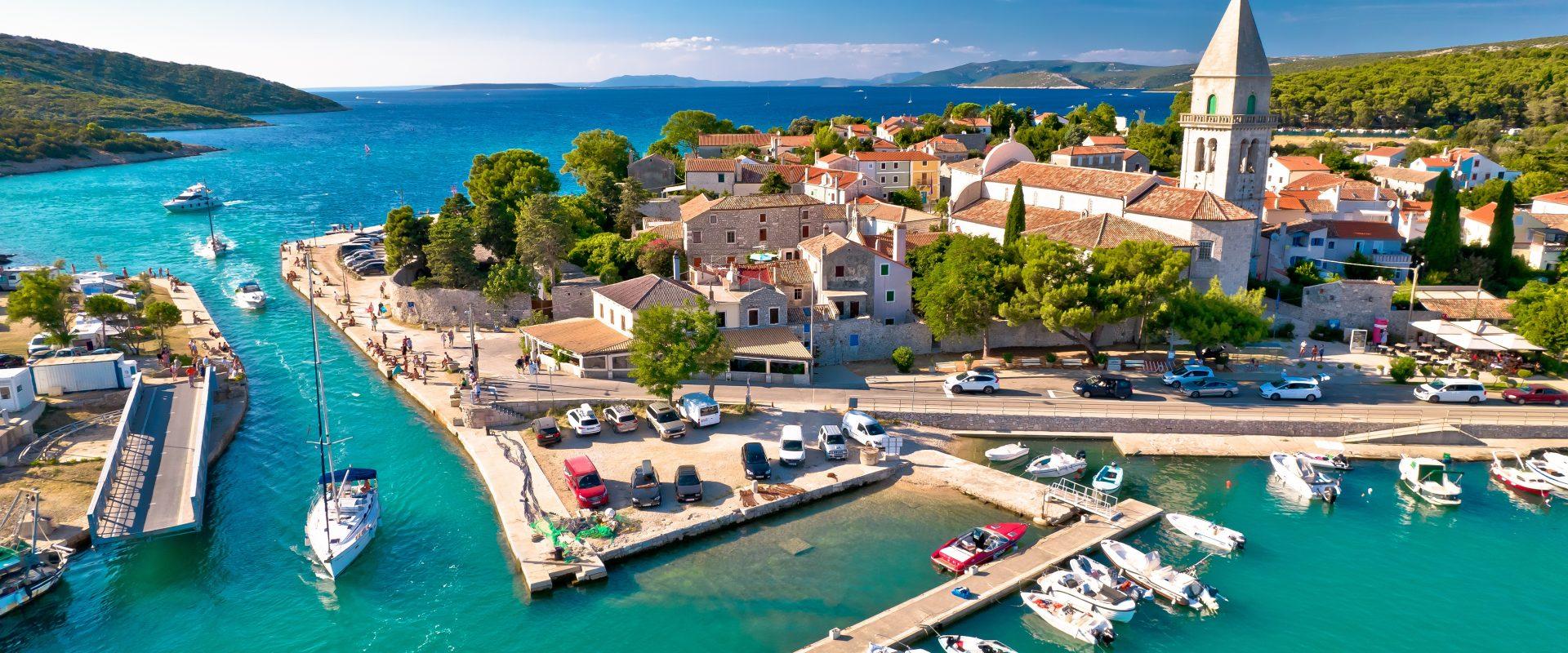Unraveling Roman Lives: Perspectives from Bioarchaeology




Roman Bioarchaeology: Unveiling Ancient Lives Through Scientific Discovery
In the fascinating world of Roman bioarchaeology, osteobiography emerges as a revolutionary approach that transforms fragments of bone into compelling narratives of ancient lives. This pioneering methodology illuminates the experiences of ordinary Romans—women, children, and non-elites—whose stories have long been overshadowed by the grand tales of emperors and military conquests. Through meticulous examination of skeletal remains, researchers breathe life into the forgotten voices of history.
Originally developed by Saul in the 1970s and subsequently refined by scholars like Hosek and Robb, osteobiography weaves together evidence from burial contexts, groundbreaking molecular analysis, and comprehensive population studies. This interdisciplinary approach enables profound insights into personal life histories and societal structures within Roman civilization, revealing the human experiences that shaped one of history's most influential empires.
Behind every ancient burial site or artifact lies a human story — one that might, unexpectedly, connect to yours. Discovering that connection can be as simple as uploading your DNA at www.mytrueancestry.com.
Recent excavations on the Croatian island of Lošinj have unveiled the cemetery of the ancient Roman city of Apsorus, presenting an extraordinary archaeological treasure. This site, containing 188 cremations and 14 inhumation burials spanning from the late 1st century BCE to the mid-2nd century CE, offers unprecedented insights into Roman burial customs and daily life.
The grave goods discovered within these interments paint vivid pictures of ancient lives. Elegant glass vessels, intricate ceramic pieces, and personal items crafted from bronze and iron reveal the diverse material culture of Apsorus inhabitants. Despite the fragmentary nature of cremated remains, detailed anthropological analysis has identified significant indicators of physical stress, including Schmorl's nodes, osteoarthritis, and various pathological conditions that illuminate the physical challenges faced by this ancient community.
The fortified city of Philippopolis, modern-day Plovdiv in Bulgaria, has yielded remarkable archaeobotanical evidence through the discovery of a burnt military granary. This structure, destroyed during the Gothic incursions of the 3rd century CE, preserved over 10,000 charred plant remains that provide extraordinary insights into Roman military provisioning practices.
Within wooden barrels, large storage jars, and ceramic vessels, archaeologists discovered seven varieties of cereal crops including einkorn, emmer, and barley, alongside two types of pulses. The assemblage also contained wild fruits, walnuts, and woven plant fibers, demonstrating sophisticated botanical knowledge and diverse agricultural practices. Construction materials revealed the Romans' strategic use of local resources, with oak, hazel, and beech employed for building storage containers, illustrating complex economic relationships with the surrounding environment.
Investigations into dental remains from Roman-period Thessaloniki have revealed fascinating connections between childhood stress and ancient weaning practices. Through examination of dental enamel hypoplasia and interglobular dentine, researchers identified telltale signs of nutritional stress during critical developmental periods.
Analysis of teeth from 26 individuals using advanced histomorphological and stable isotope techniques has illuminated the nuanced relationship between breastfeeding practices and physiological health outcomes. These findings suggest that inadequate nutrition during weaning transitions significantly impacted infant health, providing valuable insights into Roman child-rearing practices and their long-term consequences on developing populations.
Vienna's archaeological landscape was dramatically transformed by the discovery of a Roman-period mass grave containing the remains of up to 150 individuals. Dating to the late 1st or early 2nd centuries CE, this haunting site presents evidence of violent military conflict through the skeletal trauma patterns observed in these young male individuals.
The archaeological evidence, including nearby armor fragments and weaponry, strongly suggests these were soldiers who perished together in a catastrophic military engagement. The diversity of wounds—ranging from sharp force cuts to projectile injuries—paints a vivid picture of ancient warfare's brutal reality. While the specific historical conflict remains mysterious, the site serves as a powerful testament to the turbulent nature of frontier military life during the height of Roman expansion.
Excavations in the Roman province of Pannonia Superior have revealed the remarkable story of an individual known as CA-760, whose skeletal remains demonstrate Turner syndrome, a rare intersex condition. This osteobiographical study from ancient Carnuntum provides unprecedented insights into how individuals with physical differences navigated Roman social structures.
Despite skeletal abnormalities including vertebral asymmetry, CA-760's burial context and life history reconstruction reveal the complex social dynamics surrounding gender and physical difference in Roman society. Her story illuminates the lived experiences of intersex individuals and challenges modern assumptions about ancient attitudes toward human diversity and social inclusion.
Archaeological investigations at Deultum and Heraclea Sintica have expanded understanding of plant use in both domestic and ritualistic contexts. Charred grains and legumes recovered from these sites depict societies where cereal-based diets, enhanced by Mediterranean trade connections, formed the foundation of daily sustenance.
Particularly intriguing are non-local plant taxa discovered within burial contexts, suggesting ritualistic significance that transcends mere subsistence needs. The presence of imported species like stone pine indicates extensive trade networks and cultural exchange. These exotic plant remains support theories that Roman rituals incorporated both local traditions and imported cultural elements, creating syncretic practices that reflected the empire's cosmopolitan character.
The scenic Croatian city of Trogir, ancient Tragurium on the Dalmatian coast, has provided sobering evidence of environmental health challenges faced by Roman children. Skeletal analysis of non-adult remains reveals alarmingly high incidences of conditions like cribra orbitalia and porotic hyperostosis.
Lead isotope analysis has identified lead poisoning as a significant factor in non-adult mortality and morbidity within this ancient community. These findings highlight the unintended consequences of Roman technological advancement and urban development, where lead pipes, vessels, and cosmetics created toxic environments that particularly impacted the youngest and most vulnerable members of society.
The necropolis of Siscia, Croatia, has unveiled complex Roman funerary practices through analysis of cremated remains dating to the 2nd and 3rd centuries CE. This site presents unique challenges due to the commingled nature of human and animal bones within burial contexts.
Despite poor bone preservation resulting from centuries of environmental degradation, meticulous histological studies have successfully distinguished human from animal remains while providing crucial age estimates. These analyses illuminate socio-cultural dynamics within Siscia, revealing how cremation practices reflected social status and religious beliefs. The intentional inclusion of animal remains alongside human burials suggests sophisticated ritual frameworks that connected the living, the dead, and the natural world.
A remarkable discovery within a water well in Colonia Aurelia Mursa, modern Osijek, Croatia, has revealed the carefully placed remains of two non-adult individuals dating to the mid-3rd century CE. This unusual burial context, identified through precise AMS dating techniques, opens fascinating chapters in understanding Roman provincial life and death customs.
Through detailed osteobiographical analysis, researchers have examined not only the health status of these young individuals but also the societal attitudes reflected in their treatment both in life and death. The unusual burial location and careful placement suggest these deaths carried special significance within the community, possibly reflecting crisis periods or unique cultural practices that diverged from typical Roman mortuary customs.

Discover how your DNA connects to ancient civilizations at www.mytrueancestry.com.
Comments